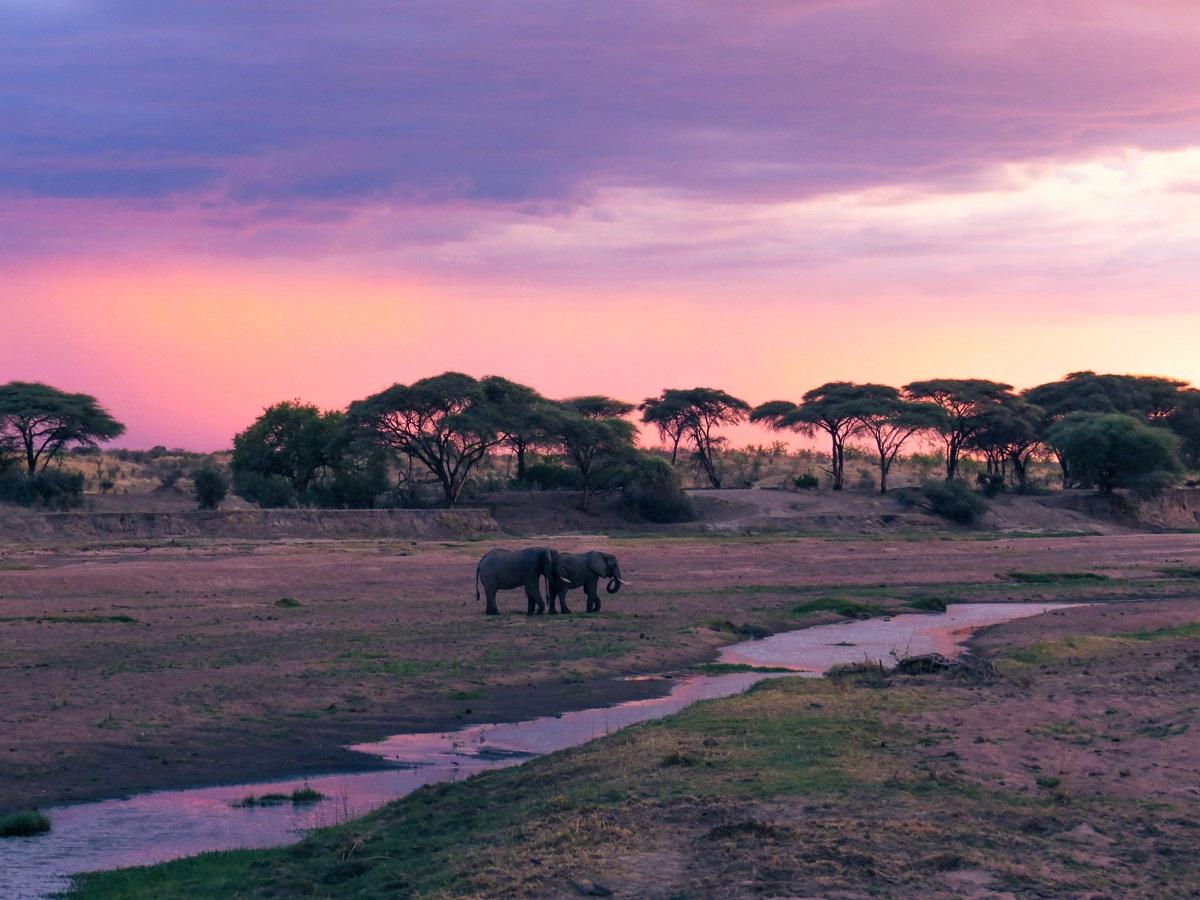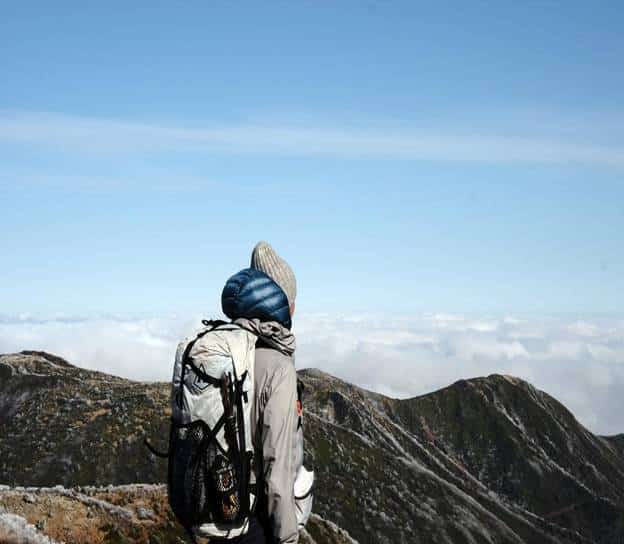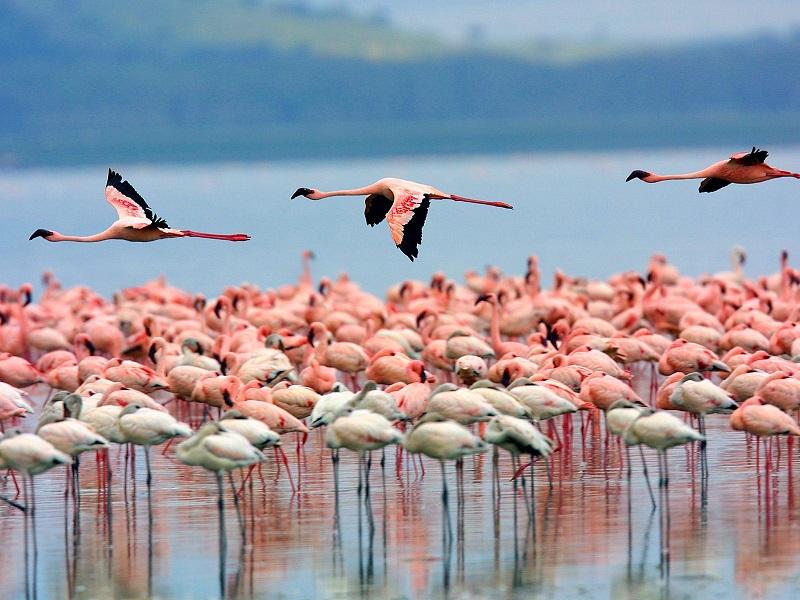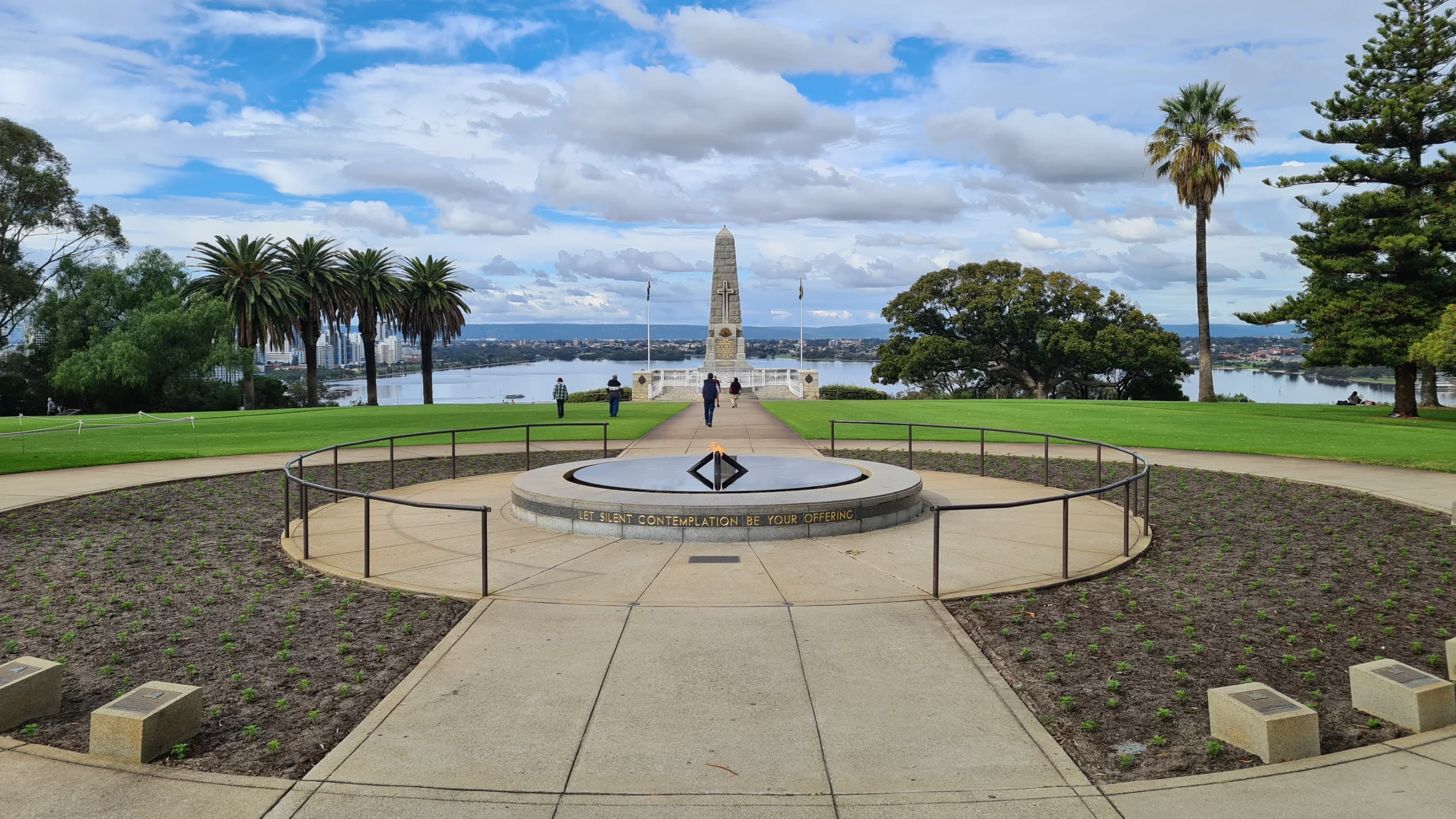Guide to Ruaha: Tanzania’s Rolling Safari
Ruaha National Park is one of Tanzania’s largest national parks located in the central part of the country. Spanning over 20,000 square kilometers, the park is famous for its stunning landscapes, which include rolling hills, savannahs, and the Great Ruaha River that meanders through the region.
Established in 1964, Ruaha is a sanctuary for an impressive array of wildlife, including elephants, lions and the endangered African wild dog. The park’s remote location ensures a less commercialized experience compared to other popular parks, making it a perfect destination for those seeking authentic wildlife encounters.
Visitors to Ruaha can witness not only the beauty of the natural environment but also the rich biodiversity that thrives here, making it a top choice for nature lovers and safari enthusiasts.
Please Download Our Mobile App here
Overview of Ruaha National Park
Ruaha National Park boasts diverse ecosystems that contribute to its rich wildlife population. The park is characterized by a mix of grassland, open woodlands, and riverine forests, which create a variety of habitats for numerous species.
The Great Ruaha River is vital for the park’s ecology, providing water for wildlife and creating scenic landscapes that draw photographers and nature lovers alike. The park is home to over 570 bird species, making it a prime location for birdwatching.
The landscape also features baobab trees, acacia woodlands, and rocky hills, which add to the park’s unique charm. Ruaha’s relatively low visitor numbers allow for a more intimate wildlife experience, where guests can observe animals in their natural habitats without the crowds found in more accessible parks.
Wildlife in Ruaha National Park
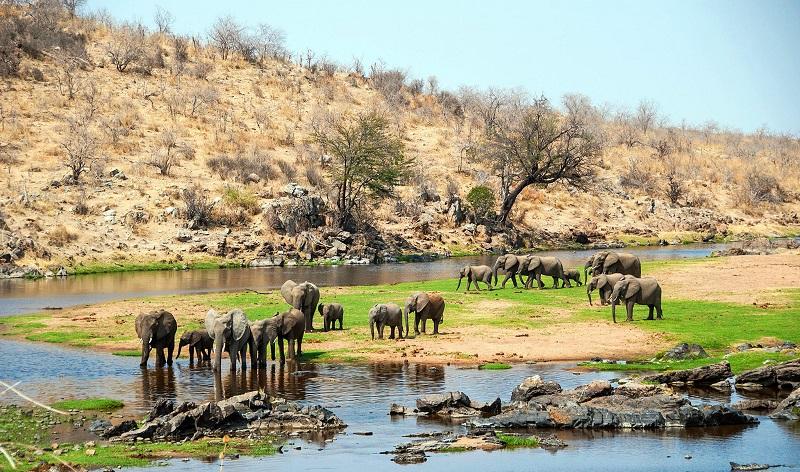
Ruaha National Park is known for its exceptional wildlife diversity. Home to one of the largest populations of elephants in Tanzania, visitors can often witness these majestic creatures roaming in herds. The park is also a significant habitat for big cats, including lions and leopards, making it a prime destination for those interested in predator viewing.
Additionally, Ruaha is one of the last strongholds of the African wild dog, a highly endangered species that thrives in this protected area. Other notable animals include giraffes, zebras, and various antelope species such as greater kudu and eland.
The birdlife is equally impressive, with species ranging from the stunning African fish eagle to the colorful lilac-breasted roller, making Ruaha a paradise for birdwatchers. The chance to see such a variety of wildlife in their natural habitat is one of the park’s main attractions, providing unforgettable safari experiences.
Best Time to Visit Ruaha National Park
The best time to visit Ruaha National Park is during the dry season, which runs from June to October. During these months, the park’s wildlife is easier to spot as animals congregate around the dwindling water sources, particularly along the Great Ruaha River. The cooler temperatures and clear skies also create optimal conditions for game drives and photography.
While the dry season is the peak time for wildlife viewing, the wet season, from November to April, offers its own unique beauty. During this time, the park transforms into a lush landscape with vibrant greenery and wildflowers.
Migratory birds arrive, making it a prime season for birdwatching. However, heavy rains can make some roads impassable, so visitors should plan their trips accordingly, depending on their interests in wildlife and landscapes.
Getting to Ruaha National Park

Reaching Ruaha National Park requires some planning due to its remote location. The nearest town is Iringa, roughly 130 kilometers away, where you can access the park’s main gate. There are several ways to get to the park: visitors can fly into Iringa and then take a domestic flight to Ruaha’s airstrip, which is a convenient option for those short on time.
Alternatively, self-drive safaris are popular, but they require a 4×4 vehicle due to the rugged terrain and unpaved roads leading to the park. The drive from Dar es Salaam takes about ten hours, making an overnight stay in Iringa a comfortable choice for many travelers. Once inside the park, well-marked game drive routes allow for easy exploration of the stunning landscapes and diverse wildlife.
Other Activities in Ruaha National Park
Visitors to Ruaha National Park can engage in various activities, with game drives being the primary attraction. Guided morning and afternoon safaris provide opportunities to see the park’s diverse wildlife in action, from herds of elephants to elusive leopards. Walking safaris are another popular option, offering a more intimate experience with nature and the chance to learn about the flora and fauna from experienced guides.
Birdwatching is also a highlight, as the park is home to numerous species, making it a must-visit for avian enthusiasts. Photographers will appreciate the stunning landscapes and golden light during sunrise and sunset.
Additionally, you can enjoy camping under the stars, with some lodges offering luxury tents equipped with comfortable amenities, allowing for an immersive wilderness experience while enjoying the sounds of nature at night.
Park Fees for Ruaha National Park
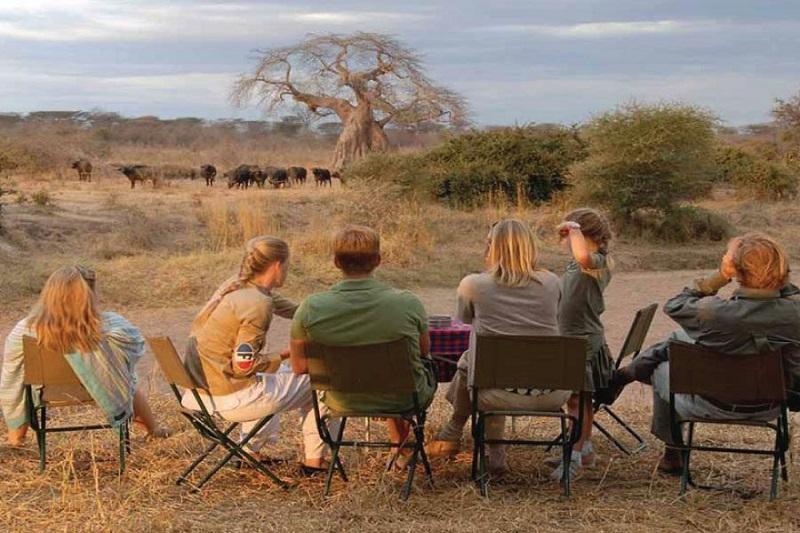
Entry fees for Ruaha National Park vary based on nationality and age. For non-residents, the entrance fee is about $30 for adults and $15 for children, while residents pay around TZS 5,000 for adults and TZS 1,000 for children.
Additional fees may apply for guided tours, camping, and other activities within the park. It’s advisable to check with local tour operators or the Tanzania National Parks Authority for the latest pricing information and any potential changes to the fee structure before planning your visit.
FAQs
How can I get to Ruaha National Park?
You can drive from Iringa or fly to the park’s airstrip. Self-drive is possible, but a 4×4 vehicle is recommended due to the terrain.
What wildlife can I see in Ruaha?
Expect to see elephants, lions, leopards, wild dogs, and over 570 bird species.
When is the best time to visit?
The dry season from June to October offers the best wildlife viewing, while the wet season provides lush landscapes and migratory birds.
Conclusion
Ruaha National Park is a captivating destination that offers an authentic safari experience away from the crowds. Its rich biodiversity, stunning landscapes, and opportunities for diverse wildlife encounters make it an ideal location for nature lovers and adventure seekers alike.
